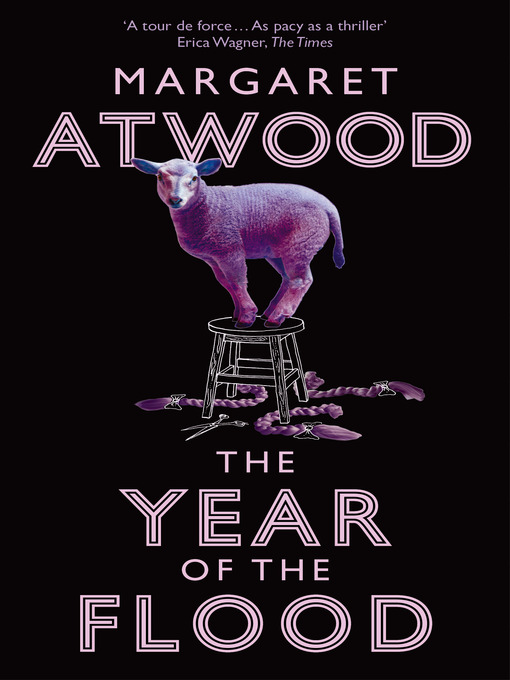You would think that having written so many post-apocalyptic novels over the years, Margaret Atwood’s offerings would have become stale, dull, or at the very least a little repetitive.
Not so.
At once a complex and simple tale of survival at the end of the world, her latest novel is The Year of the Flood, the sequel to the stunning Oryx and Crake.
Ren is an upmarket sex worker, trapped in her place of work.
Toby is a tired member of The Gardeners, a odd, underground, eco-warrior movement which predicted the man-made plague that has all but eradicated human life on the planet.
With peculiar animals created from gene-splicing and human meddling running amok, a growing concern over food, and the ever present question in each woman’s mind of whether they are, in fact, the only human alive on the planet, both tell their own tale of how they came to be where they were when the ‘waterless flood’ hit.
This is not a novel for easy reading, when you can’t really be bothered to pay too much attention to what is going on, and you don’t mind so much if there isn’t much of a plot, as long as it’s a fun read. This is the sort of novel you pick up and literally can’t put down until you know what happens. Atwood, as always, delivers perfect prose and gritty, yet sympathetic characters, who show us all too clearly how easy it would be to end up in a similar situation. From the Ren’s childhood memories of her best friend Amanda, to her more recent musings of life as a dancer in the fully-condoned sex trade, we see a vulnerable and somewhat tragic character, whose only real ambition in life has been to have a place where she belonged. Toby, on the other hand, has a hardness about her, a stubbornness, which allows her to survive as she has, and yet she also possesses – as we see from her earlier life – a similar vulnerability to Ren, and an unfulfilled craving for love.
These are two wonderfully drawn women, in a bizarre world that is falling apart, where morals and standards were turned upside down long before the plague wiped out most of the human population, and the survivors scrabbling for avoid death. As always with Atwood, it is difficult to read this and come away from it having simply read a good novel. Rather, you come away pondering, and continue to do so for some time to come, finding events from the book popping back into your head at strange times, and leaving you considering things you otherwise might never have thought to mull over.
Undoubtedly another splendid achievement for Atwood, leaving us in eager anticipation of MaddAddam’s release in August of this year, The Year of the Flood is a quirky and unique take on the possible fate of man, and the dangers of interfering with nature.
